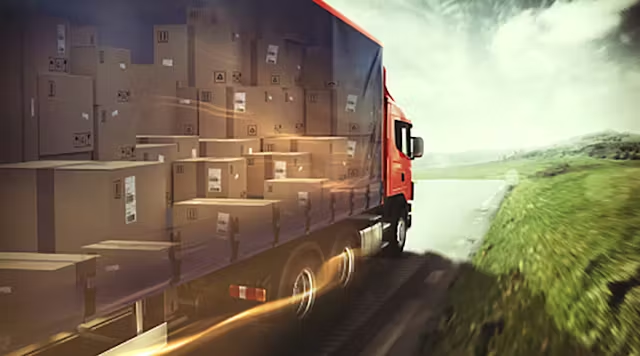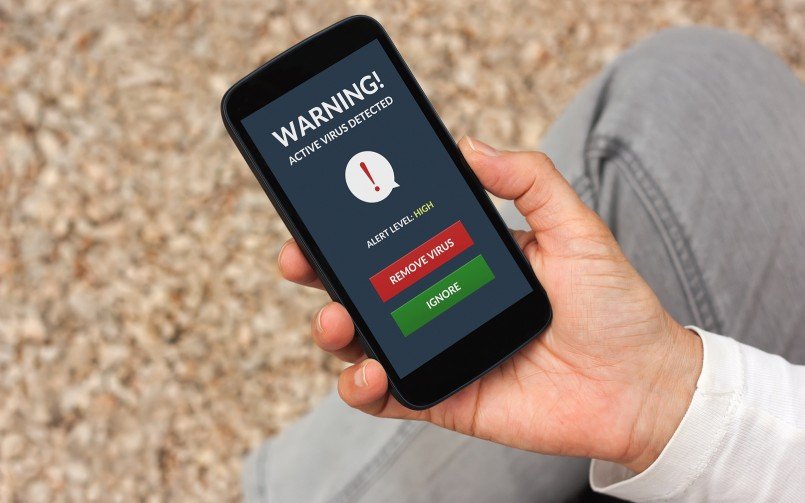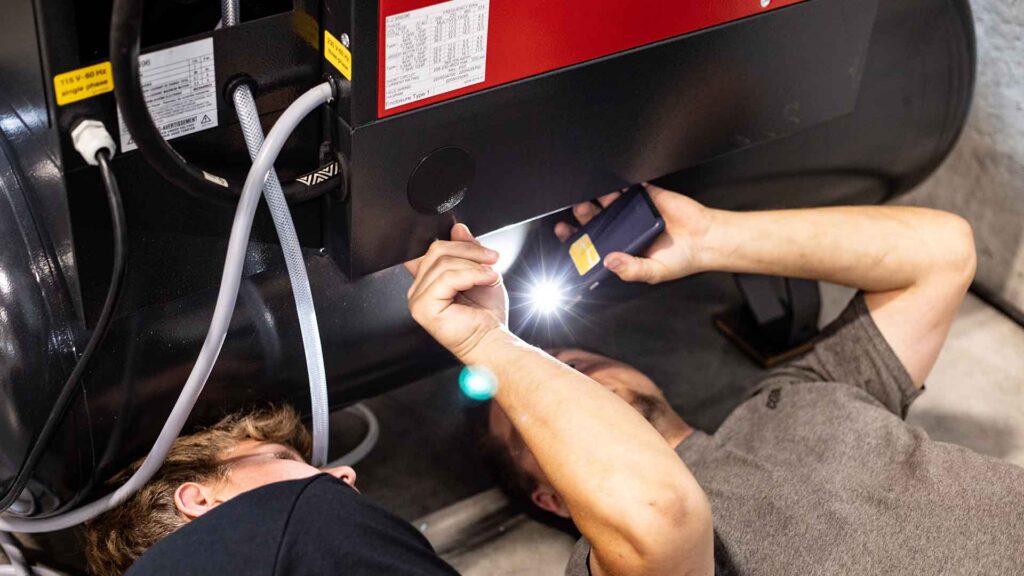
Customers’ expectations for speedy, dependable, and easy deliveries have increased dramatically as e-commerce expands, making last-mile delivery a crucial part of the supply chain in the rapidly expanding e-commerce industry. Businesses who can provide fast and successful last-mile delivery services get a competitive edge in the market, bigger revenues, and happier customers.
“Last-mile delivery,” the final delivery route, is transporting goods from a warehouse or distribution center to the customer’s door. This part of the supply chain is usually perceived as the most costly and challenging as it involves navigating congested cities, handling unpredictable traffic patterns, and guaranteeing that deliveries are done safely and on schedule.
Companies who want to succeed in the e-commerce market need to maximize last-mile delivery. A significant benefit is a rise in customer satisfaction. Modern consumers want rapid and trustworthy delivery, and last-mile delivery may meet those expectations. Providing flexible delivery options, including same-day or next-day delivery, enables companies to enhance customer satisfaction and client retention.
A company’s sales and revenue can be greatly impacted by last-mile delivery in addition to customer happiness. Businesses that offer dependable and prompt delivery services have a higher chance of drawing in new clients and keeping existing ones, which increases sales. Additionally, businesses can reach new markets and draw in new customers by expanding their delivery services to remote or rural areas, which will boost sales.
Heightened efficiency is a benefit of efficient last-mile delivery. Businesses can minimize the time and resources needed for delivery, expedite their processes and cut delivery times by using real-time data and analytics. Operations become more economical and efficient as a result.
And last, a strong business reputation may be built by consistently offering excellent last-mile delivery services. Companies may set themselves apart from the competition by offering a seamless shopping experience with features like real-time tracking, transparent communication, and flexible delivery choices.
Even though last-mile delivery has many advantages, there are a few issues that need to be resolved. Timely deliveries can be complicated by congested urban locations with heavy traffic and delays might result from unforeseen traffic circumstances. Businesses also have to deal with the difficulty of selecting the best logistics service provider and the strain of fulfilling delivery deadlines.
Other challenges include locating specific addresses or hard-to-reach locations, managing a huge volume of packages during peak hours, and ensuring package security. Additionally, companies must be prepared to manage last-minute changes or alterations to delivery instructions as well as adapt to shifting weather conditions.
To overcome these challenges and fully profit from last-mile delivery, businesses need to implement rules that optimize their delivery procedures. Important strategies include route optimization, selecting and integrating the right carriers, and offering customized delivery windows. Furthermore, providing accelerated delivery options, such same-day or next-day services, may raise customer satisfaction.
Utilizing technology for real-time tracking and communication is also essential. Businesses may employ automation and robotics to improve warehouse operations’ efficiency. While companies may analyze important performance indicators on a regular basis to make data-driven improvements, looking into collaborative delivery strategies can increase the value of last-mile delivery even more.
Future last-mile delivery is expected to see exciting advancements and innovations as e-commerce expands and consumer expectations shift. The application of analytics, artificial intelligence, and machine learning will boost efficiency and optimize delivery routes. Tailor-made delivery experiences according to specific consumer preferences are likewise growing increasingly popular.
Furthermore, collaborative delivery methods that utilize shared resources and infrastructure are growing in popularity. Using electric autos and employing bike couriers are two examples of environmentally friendly and sustainable delivery techniques that are becoming more and more important. Innovative last-mile delivery solutions, including drone delivery and autonomous autos, are also being developed and have the power to drastically alter the delivery industry.
In conclusion, last-mile delivery is a crucial link in the e-commerce supply chain that directly affects customer satisfaction and business success. By implementing effective last-mile delivery solutions, businesses may maximize efficiency, increase sales and income, build a strong reputation in the industry, and improve customer service. Notwithstanding potential obstacles, companies who make investments in last-mile delivery optimization are well-positioned for success in the rapidly evolving e-commerce sector.













